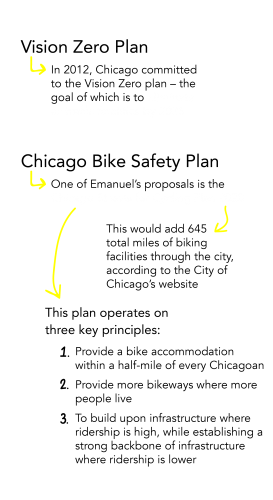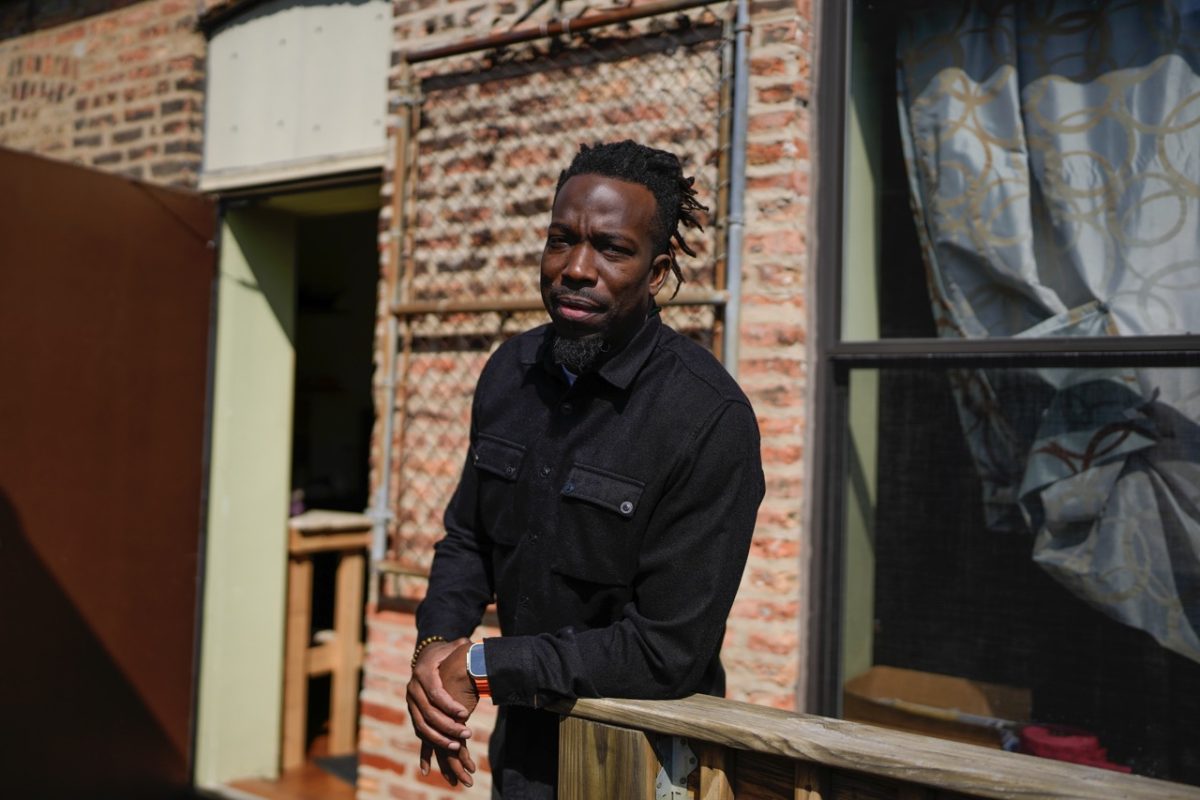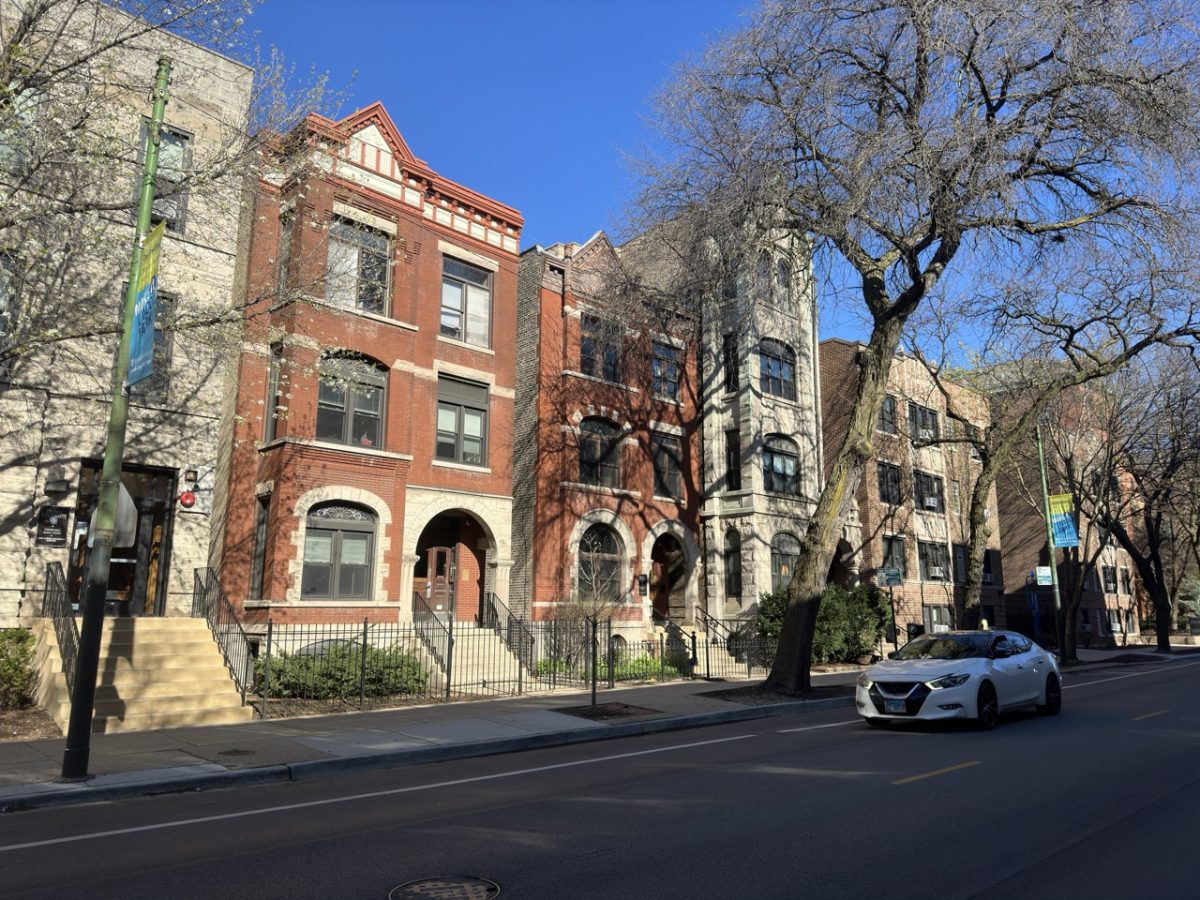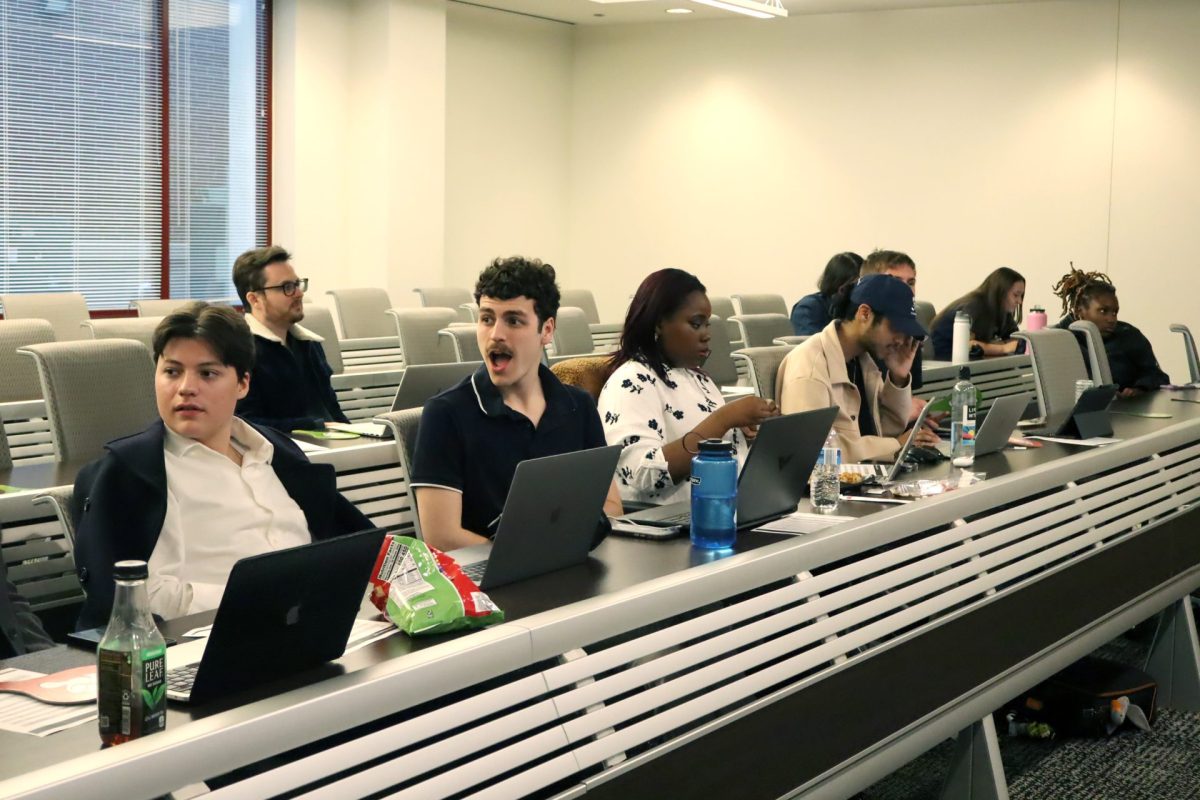
This year in Chicago, there have been a total of six bike deaths — all of which have involved a large truck or van.
And of that number, two were college students in the Chicago area and one recent college graduate.
Chuyuan Qiu, an 18-year-old international student at Northwestern University, was hit by a truck driver in Evanston last month. No citations were served to the truck driver.
Lisa Kuivinen, a 20-year-old student at the Art Institute of Chicago, was struck when a semi-truck crossed right into the bike line on North Milwaukee Avenue in August.
Anastasia Kondrasheva, a recent graduate from Loyola University, was hit by a semi-truck at the intersection of Damen and Addison. Police reports said the truck was next to her and made a right turn onto Addison, causing it to hit her.
With three months remaining in 2016, the number of bike deaths in Chicago is already equal to its yearly average.
But Yinglai Chen, DePaul accounting graduate student, said she does not fear for her safety when biking through Chicago’s streets.
“I typically ride my bike for leisure on Lake Shore Drive,” she said. “But when I am riding from my apartment, I just do the best I can to stay in the bike lanes and be aware of other vehicles around me.”
All of this coincides with Chicago being named the most bike-friendly city in the U.S. of 2016 by Bicycling magazine — up one spot from 2015.
Bicycling magazine cited Chicago’s Divvy bike system and city initiatives making progress toward wider, more protected bike lanes as the reason for their ranking.
“We’re thrilled about the ranking and are glad Chicago is getting recognized for a lot of hard work,” said Ted Villaire, communications director of the Active Transportation Alliance.
According to its website, the Active Transportation Alliance is an organization in Chicago that focuses on making bicycling, walking and public transportation safe and convenient.
Chen said she thinks this ranking is well deserved.
“Everything is organized efficiently in the city when I ride my bike,” she said. “The danger becomes more prominent when unaware of your surroundings.”
Chen said this also goes for biking on DePaul’s campuses in Lincoln Park and the Loop.
“Lincoln Park is much more suburban in feeling, but you still need to be cautious,” she said. “And the Loop campus is right downtown, so it’s a lot more action and movement happening. It can be dangerous.”
However, the safety for students riding bikes on campus is not a responsibility that falls to DePaul University. Instead, it falls to the city.
“While bicyclists are regulated by the city rather than the university, we encourage students to learn the rules of the road before venturing out on city streets,” said Bob Wachowski, director of DePaul Public Safety.
“We clearly have a lot of work to do to ensure that everyone feels safe using our streets” – Ted Villaire, Communications Director Active Transportation Alliance
But Chen said she feels her university should offer some sort of compensation for students who are injured by a vehicle while biking on campus.
“It seems like you should have something,” she said. “You’re still on a college campus, and I feel like DePaul should offer something to help with medical expenses or bills if I were to be injured while riding my bike.”
Villaire said the number of deaths this year is reason for Chicago to step up its game in regards to bike safety.
“We clearly have a lot of work to do to ensure that everyone feels safe using our streets,” he said. “If the city moves ahead with a robust Vision Zero plan, it could make a major impact in reducing the deaths of people biking and walking.”
In 2012, Chicago committed to the Vision Zero plan — the goal of which is to eliminate all traffic fatalities by 2026.
“Every day someone is injured or worse as the result of a car crash on Chicago’s streets — and that is simply unacceptable,” Chicago Mayor Rahm Emanuel said about the plan in a press release. “These crashes are preventable, and that is why we are stepping up our efforts, developing partnerships with communities and private industry. We are going to use all the resources at our disposal to eliminate traffic fatalities and serious injuries in Chicago.”
Part of the Vision Zero plan is to coordinate efforts with 10 different city departments, rather than just putting all the efforts on the Department of Transportation. These departments include everything from the Chicago Transit Authority (CTA) to the Department of Innovation and Technology.
After his re-election in 2015, Emanuel announced he would add an additional 50 miles of bike lines, and most would be physically separated from motor vehicles.
One of Emanuel’s proposals is the Chicago Streets for Cycling Plan 2020. This would add 645 total miles of biking facilities through the city, according to the City of Chicago’s website. This plan operates on three key principles:
Provide a bike accommodation within a half-mile of every Chicagoan.
Provide more bikeways where more people live.
To build upon infrastructure where ridership is high while establishing a strong backbone of infrastructure where ridership is lower.
Villaire said he thinks the city is working in the right direction on improving bicycle safety.
“We also need more low-stress biking infrastructure,” he said. “We would love to see more curb-protected bike lanes, as exist on Clybourn, which offer a high degree of protection for people biking.”
Chen said these curb-protected biking lanes already exist in her hometown of Shanghai, China, and is something she would like to see implemented in Chicago.
“We have everywhere in Shanghai, and they’re very helpful,” she said. “I feel like we do not have as many bike-related accidents and people do not have to be so concerned about cars with that added protection.”
Wachowski said it all comes down to awareness on behalf of the cyclist to remain alert in the city.
“Most importantly, student riders, whether on their own or on a Divvy, need to be on alert for other bikers, cars, busses and pedestrians in order to stay safe while riding.”







